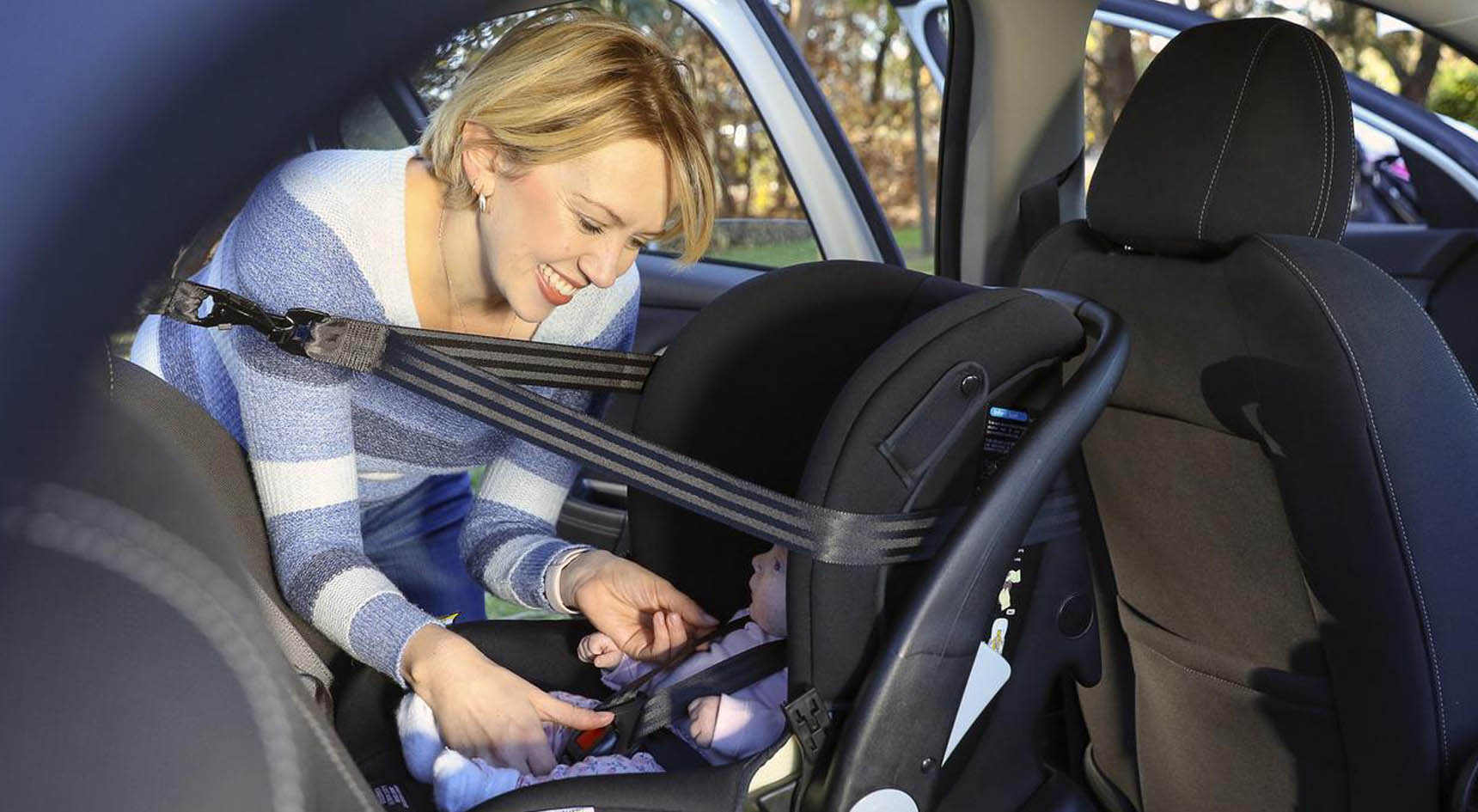By Jeremy Rochow
Published: Wednesday, October 18, 2023
Of the thousands of child restraints checked by the RAA Child Safety Centre, four in five are installed incorrectly.
Sometimes there may be just one problem, while on other occasions there are multiple installation errors.
There are, however, some common issues the RAA Safety Centre finds when inspecting child restraints. The RAA team has been providing child restraint advice, services and preferred products to the community since the 1970s. Each year, the team provides 11,000 services to the community.
Here are the top three installation errors the RAA Safety Centre team finds.
1. Too high or too low?
The incorrect harness slot was selected in 32 per cent of the child restraints checked by the RAA Child Safety Centre. This means the harness wasn’t adjusted correctly for the child’s height.
Car seats and capsules have multiple shoulder strap slots, so you can move the harness up as your little one grows.
The harness straps should always be set in the slot above the child’s shoulders in a rearward facing seat and the closest slot to the shoulder for forward facing seats.
How the child is strapped into their seat accounts for about 70 per cent of the safety of the seat in a crash so it is so important to get this one right.
RAA Child Safety Centre
The number of services the Child Safety Centre provides every year.
2. Is the seat firm enough?
You’ve either heard stories or have your own personal experiences installing a child restraint. It can be confusing and worrying, particularly for new parents. The RAA Child Safety Centre commonly finds seats aren’t installed firmly with the seatbelt or ISO compatible attachments.
Our advice: When installing a child restraint, read the instructions carefully. After feeding the seatbelt through or attaching the ISOFIX attachments as per the instructions, put weight in the seat while firming up and you will get a better result.
If possible, lock in the seatbelt to maintain the firmness. Not sure how? the RAA Child Safety Centre can help.
3. Are the straps twist-free?
You place your child in their car seat and begin strapping them in before noticing the straps are more tangled than your garden hose.
Frustration ensues as you try to untwist the straps. It might take a few moments, but make sure you get every twist out before placing your child in the restraint.

Twisted or loose straps put the child at risk of being more severely injured or even ejected from their seat in the event of a crash.
Make sure the shoulder straps are flat against the child’s body from above the shoulder right down to the buckle. If the harness has shoulder pads, check underneath them to make sure the straps aren’t twisted.
Need help?
Do you need help installing your child restraint? The RAA Child Safety Centre offers RAA members a free fitting with every restraint purchased from RAA within the last 12 months. Otherwise, fittings are $45 for members. The appointment provides parents with a comprehensive education session to ensure their precious cargo remains safe.